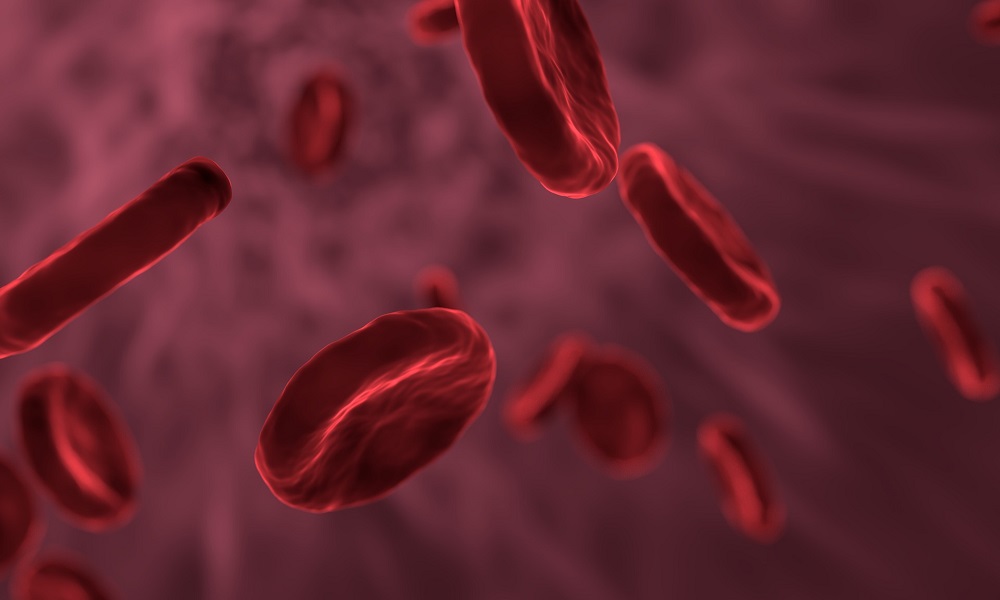There seems to be a lot of promising information out about eating for your blood type. We have gathered some of the information and provided it for you.
The History of Blood Type O
Type O is considered to be the oldest and the original blood type, and is found in 50% of the population. In prehistoric time, when human beings were hunters and gatherers, animals were their primary source of food. Our ancestors were able to survive on a diet high in protein because of their strong immune systems and high levels of stomach acid, which aid in the digestion and metabolism of meats and most other foods. If you are a blood type O, then your diet should be high in protein, low in carbohydrates, and enriched with fruits and vegetables.
Why Protein?
When protein is consumed, the body breaks it down into amino acids (the building blocks of all proteins). Protein provides the body with an energy that is needed to build, repair and maintain body tissues, hormones, antibodies, and enzymes.
Did you know?
It is common for blood type Os to be afflicted with Hypothyroidism. This is a condition when the Thyroid Gland does not produce enough hormones, thereby slowing down metabolism and resulting in weight gain. It is commonly due to a lack of the mineral iodine. Therefore, we have added iodine-rich Bladderwrack Kelp specifically in the blood type O formula. Another genetic predisposition to people with blood type O is a high stomach acidity content. This usually results in ulcers. Contrary to popular belief, ulcers are not caused by stress, but rather by a particular strain of bacteria (called H. pylori) which attach themselves to the surface of the stomach lining and gradually work their way in. Bladderwrack also helps this condition in that it contains fucose, a basic building block of the blood type O antigen. Fucose magnetically attracts the H. pylori, traps it, and then sweeps it out of your system. Fucose also helps to stabilize sluggish metabolic rates in the blood type O individual troubled with hypothyroidism.
What you need to know about Blood Type O and Vitamin K
People whose blood type is O generally have thinner blood and a greater resistance to normal blood clotting. Vitamin K is vital for healthy blood clotting. Therefore, type O people can especially benefit from foods such as kale, spinach, liver, broccoli, peas and egg yolks - which are all rich in vitamin K. Leafy greens - as opposed to mustard greens - also help you to lose weight since they contain fewer calories and provide lots of fiber so you feel fuller and are able to eat less. NOTE: Sweet potatoes also help people lose weight because they are high in fiber and complex carbohydrates, which helps to regulate blood sugar levels and satisfy the appetite. Fruits also help you to lose weight since they fill the void between meals.
|
|
Foods To Eat |
|
|
|
|
Meats |
lean meats and poultry, most fish, occasionally eggs (because they supply a certain type of amino acids that the body does not make) |
|
|
|
Fruits & Vegetables |
most peas and beans, most fruits, most vegetables |
|
|
|
|
|
|
|
|
Foods To Avoid |
|
|
|
|
Meats |
bacon, ham, pork, goose, catfish, caviar, conch, herring, lox, octopus |
|
|
|
Fruits & Vegetables |
kidney beans, navy beans, lentil beans, blackberries, coconuts, melons, oranges, strawberries, tangerines, cabbage, cauliflower, corn, eggplant, some olives and mushrooms, red and white potatoes, Brussel sprouts, alfalfa sprout |
|
|
|
|
|
|
Important: People with blood type O should limit the intake of wheat germ, whole wheat products, and corn since they all slow down metabolism. Also, avoid dairy products and most nuts, since they are high in fat.
Suggested Exercise Programs for People with Type O Blood
These people tend to be larger and stronger - because our original ancestors were hunters, they sustained a strenuous workout almost everyday. Therefore, it is only logical that today type O people get the most results from intense physical exercises such as jogging, running, aerobics, weight training, swimming, inline/roller skating, bicycling, and stair climbing. In fact, researchers have found that most professional athletes have blood type O.
The above food list information provided is based upon public information, Eat Right for Your Type.

0 Comments
If you have any question please comment our website.
Emoji